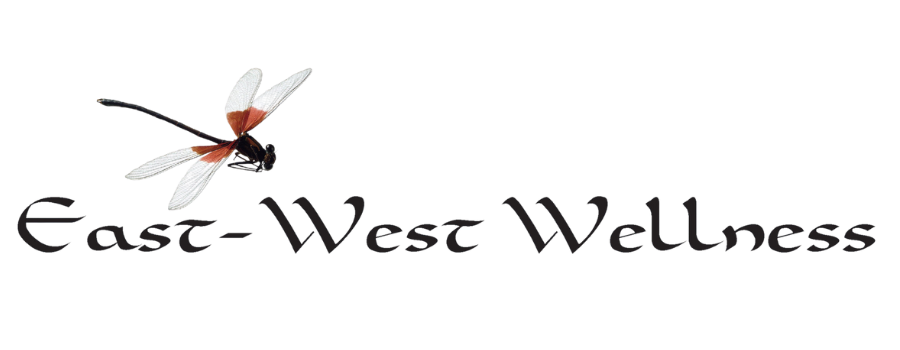Energetics of Summer Squash: Summer’s Best Friend
A cousin of the pumpkin and watermelon, summer squash has been consumed for over 10,000 years, although it wasn’t until it hit the America’s that this vegetable went from bitter and mostly rind to the sweet and fleshy summer favorite! Unlike winter squash, which has a tougher rind (to grow in the cold better), summer squash has a thin edible rind and has higher water content.
Varieties
The most commonly known variety is zucchini! This squash can be found in every store and is available in both green and yellow/golden varieties. The whole plant can be consumed from flesh to rind! Another variety is crookneck or straight neck squash. These are commonly yellow in color and feature a round body with a long, curved neck. The last variety is pattypan squash. Pattypan squash is small and saucer-shaped with green or yellow skin. The flesh of the patty pan is slightly denser and sweeter than the other summer squashes. When buying pattypan squashes, make sure to select ones that are under 4 inches in diameter.
Summer squash is about to be in peak season! Technically, these squash varieties are available year-round, but for the highest concentration of nutrients and best flavor make sure to purchase May to July.
World’s heaviest zucchini at over 64 lbs!
How to Cook and Store
To select the best tasting summer squash look for ones that are heavy for their size, have firm and shiny rinds, and are unbruised.
Proper storage of summer squash is important to keep the flavor at its best, but most importantly the nutrients at their highest. Always store summer squash in the fridge in a plastic bag that is tightly wrapped around the squash. Also do not wash the squash prior to wrapping, as it will encourage spoiling. When stored properly your squash will last up to 10 days.
Nutrition
Summer squash is high in antioxidants, specifically vitamin C which helps supports heart health. They are also a great source of calcium, magnesium, manganese, copper, and phosphorous- minerals that play an important role in bone health. Dairy isn’t the only bone builder! Other great nutrients in Summer squash are omega-3 fatty acids, vitamin A, B vitamins, folate, potassium, zinc, iron, and niacin.
Steaming is the best method of cooking in terms of nutrient retention. Never boil or microwave, as this deactivates the antioxidants. To retain maximum nutritional value, eat the skin and seeds, as well.
Energetics
Summer squash are cool in temperature and sweet in flavor. They nourish the Spleen and Stomach to help reduce inflammation and promote the healthy movement of Qi in the body leading to the alleviation of pain. Squashes help to regulate blood sugar, protect against type 2 diabetes, and support optimal fiber intake. Careful not to overeat summer squash if you have a weak digestive system, as its cool nature can inhibit digestion if consumed in excess. Since summer squashes have a high water content they are considered more Yin in nature, which helps to overcome summerheat disorders (heatstroke or overheating). A salad of fresh summer squash and watermelon is the perfect combo for a hot summer day! Squashes are also a great diuretic for edema and difficult urination (best if steamed and eaten with all the skin intact). The seeds of summer squash (and pumpkins) have historically been used in the treatment of parasitic worms.
Calbacitas
Ingredients:
1 medium onion, cut in half, and sliced thin
4 medium cloves garlic, pressed or finely chopped
2 cups zucchini, diced into 1/2 -inch cubes
2 cups yellow squash, diced in 1-inch cubes
15 oz can (BPA free) diced tomatoes, drained
4 oz can (BPA free) of diced green chili
1 TBS + 3 TBS chicken or vegetable broth
1/4 cup chopped cilantro
3 TBS fresh chopped fresh oregano (or 1 TBS dried oregano)
salt and black pepper to taste
*Optional: drizzle with olive oil before serving
Directions:
Slice onion and chop garlic and let sit for at least 5 minutes to bring out their health-promoting benefits.
Prepare all the vegetables.
Heat 1 TBS broth in an 11-12 inch stainless steel skillet. Sauté onions in broth over medium heat for about 5 minutes stirring frequently, until translucent. Add garlic and sauté for another minute.
Add zucchini, yellow squash, remaining broth, green chili, and cook for another 3 minutes or so until vegetables are tender, stirring often. Add tomatoes and continue to cook for another couple of minutes.
Stir in herbs, salt, and pepper.
Enjoy!
Source
http://www.worldshealthiestfoods.com/genpage.php?tname=recipe&dbid=92
Mateljan, George. The World’s Healthiest Foods: Essential Guide for the Healthiest Way of Eating. George Mateljan Foundation: Seattle, 2007. Print.
Pitchford, Paul. Healing with Whole Foods: Oriental Traditions and Modern Nutrition. North Atlantic Books: Berkeley, 1993. Print.



